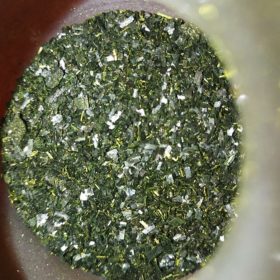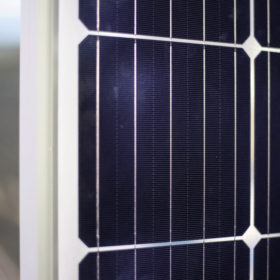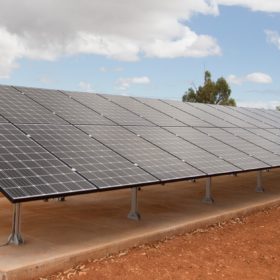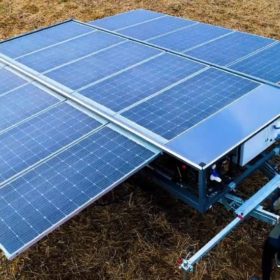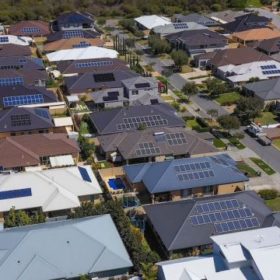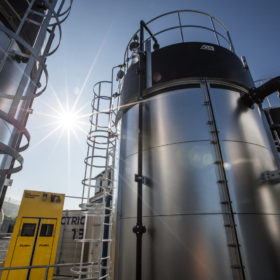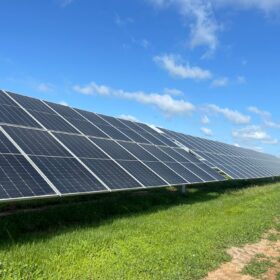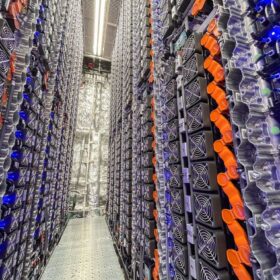Doped carbon for a reliable lithium sulfur battery
Scientists in South Korea developed a porous carbon material that, when applied as a coating to the separator film in a lithium-sulfur battery, was shown to reduce an unwanted side effect and improve the battery’s performance and reliability. The coating is based on methylene blue, a type of salt commonly used in textile dying.
Powering up PERC-perovskite tandem cells
Perovskite-silicon tandem cells offer one of the surest pathways to much higher solar efficiencies, one that has moved close to commercialisation in the past few years. Much of the work getting to this stage has naturally focused on developing a viable perovskite top cell. Optimisations to the silicon layer underneath, however, will also be important to the overall device function and efficiency. Scientists in Germany examined five different silicon cell concepts similar to those in mass production today, finding that with a few optimisations these could reach efficiencies up to 30.4%.
Robot dog for PV plant monitoring
Spanish renewable energy company Acciona is using a robot dog, instead of drones, to monitor a solar park in northern Chile. The device has a built-in thermal vision system that generates thermographic reports on the status of the different PV plant components, as it walks between the panel rows following a programmed route.
Forget batteries, what if surplus renewable energy could be stored as information?
A pair of researchers from the University of California San Diego have proposed to precompute certain data when the grid is flooded with solar or wind power, and then store it on servers for later use.
Australian fintech companies team up to develop ‘future’ energy retail platform
The company behind bill management platform 1bill on Monday announced it will invest more than $2 million in the energy software company Accurassi. The investment will see Accurassi build a platform for energy retailers to accelerate the transition to green energy.
NSW network provider steps up standalone power system plans
Standalone power systems utilising solar PV and battery technology continue to gain traction in the Australian market with New South Wales Government-owned network service provider Essential Energy announcing it will seek input from customers living at the “edge of the grid” as it seeks to expand its roll out of the off-grid technology.
Saturday read: the actual, real demand for green hydrogen
Green hydrogen is being proposed for an ever-wider variety of uses. While some of these are still a way off, others make little sense. But there are sectors where demand for green hydrogen is a reality today, writes Christian Roselund.
Solar trailer for off-grid applications
Developed by French start-up Ecosun, the trailer is equipped with 15 solar panels with output of 360 W and batteries with a storage capacity of 23 kWh. It can be used for construction sites, military camps and water pumping systems.
EleXsys targets rooftop solar increase with trial of next-gen technology
Queensland company eleXsys Energy has secured more than $450,000 to help finance a trial of next-generation technology designed to manage grid stability in low voltage areas, potentially allowing for an increase in the amount of distributed energy resources, including rooftop solar, that can be connected to the grid.
Microgrid project using vanadium redox flow battery
SDG&E and Sumitomo Electric complete a pilot microgrid project in California that successfully powered utility customers solely with energy stored in a flow battery.
